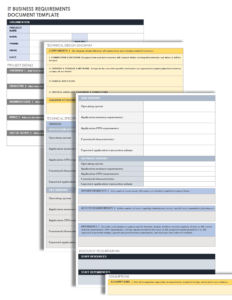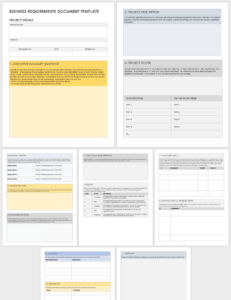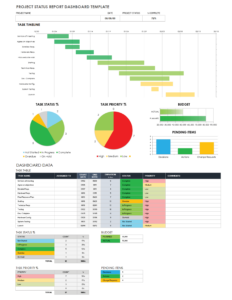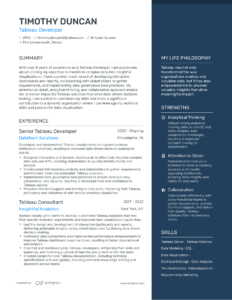Creating effective Power BI dashboards requires a thorough understanding of the stakeholders’ needs and objectives. To ensure that you capture all the necessary information, using a requirements gathering template is essential. This template will guide you through the process of gathering requirements, ensuring that your dashboard meets the specific needs of your audience.
To begin, it’s crucial to understand the business context and objectives that the dashboard will support. By defining the target audience and their specific needs, you can tailor the dashboard accordingly. The requirements gathering template will prompt you to collect details such as key performance indicators (KPIs), data sources, filtering and sorting requirements, and user interface preferences. By capturing this information upfront, you’ll lay the foundation for a dashboard that delivers actionable insights and drives informed decision-making.
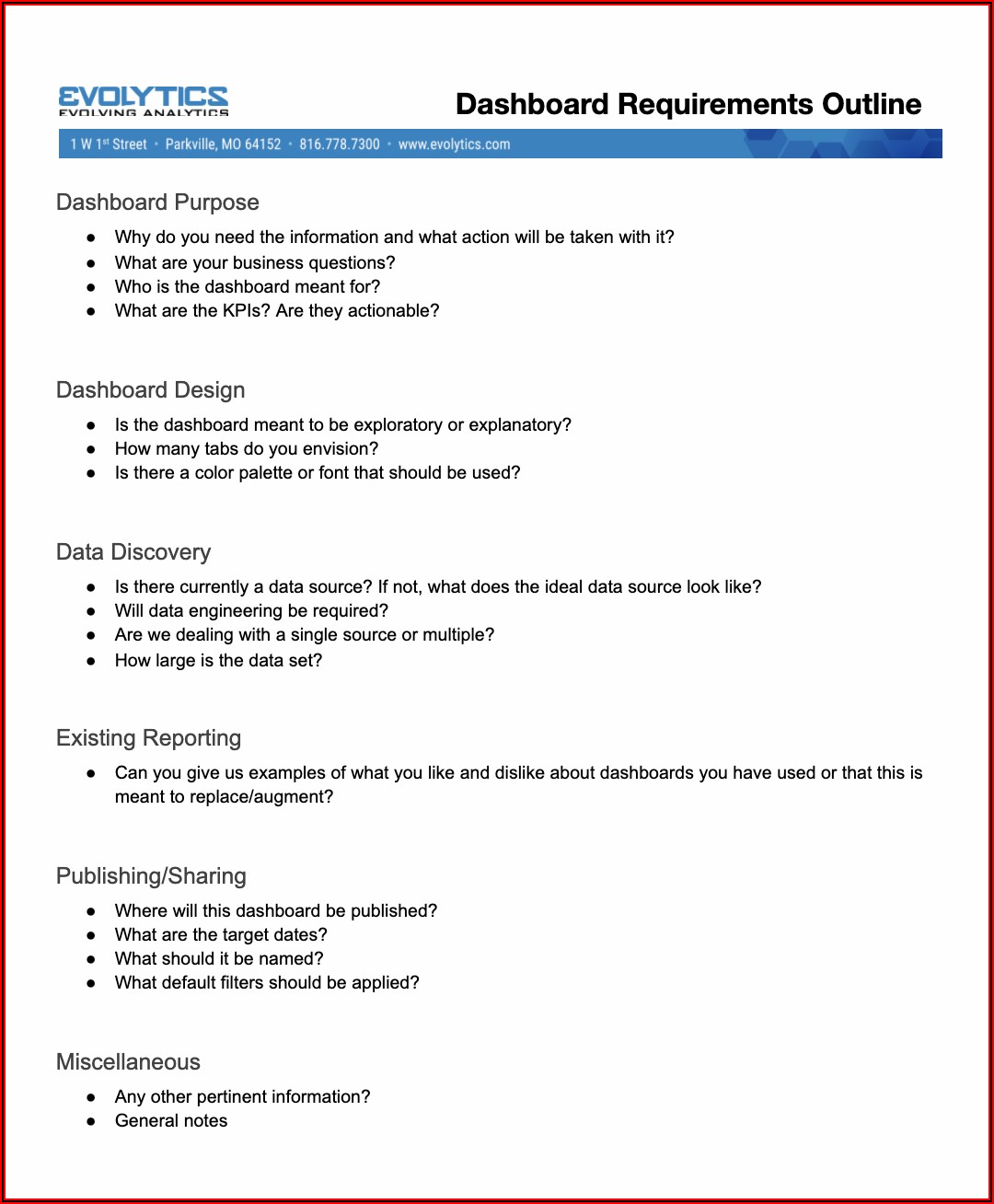
Key Considerations for Requirements Gathering
Defining the purpose of the dashboard is paramount to ensuring its alignment with the organization’s goals. Clearly articulate the specific problems or questions the dashboard aims to address. This clarity will drive the selection of relevant data and metrics. It’s equally important to identify the target audience and their level of technical proficiency. Tailoring the dashboard to their specific needs will enhance its usability and adoption.
Data availability and accessibility play a crucial role in dashboard development. Thoroughly assess the availability of the required data sources and their accessibility within the organization. Data quality should also be evaluated, as it significantly impacts the reliability and accuracy of the insights derived from the dashboard. Proactively address any data quality issues to ensure confidence in the dashboard’s findings.
User experience (UX) is paramount to dashboard adoption and effectiveness. The requirements gathering process should capture user preferences regarding the dashboard’s layout, navigation, and visual elements. Consider the user’s workflow and how the dashboard can seamlessly integrate into their existing processes. By optimizing the UX, you’ll enhance the dashboard’s usability, ultimately driving greater adoption and value.
Regular maintenance and updates are essential to ensure the dashboard remains relevant and aligned with changing business needs. During requirements gathering, consider the frequency of updates and the process for incorporating new data or requirements. Establish a clear plan for ongoing maintenance to guarantee the dashboard’s continued value and effectiveness.
Choosing the Right Power BI Dashboard Requirements Gathering Template
Selecting the appropriate Power BI dashboard requirements gathering template depends on the specific needs of your project. There are numerous templates available online, each offering a unique set of features and capabilities. Consider the following factors when making your selection:
The size and complexity of your project will influence the level of detail required in the template. For smaller projects, a simple template may suffice, while more complex projects may require a comprehensive template that captures a broader range of requirements.
The stakeholders involved in the project will also impact the template selection. If you have a large number of stakeholders with diverse needs, a template that allows for collaboration and feedback is recommended. This will ensure that all stakeholder perspectives are considered.
The industry and business context of your project may also influence the template selection. Specific industries or business domains may have unique requirements that necessitate a specialized template. By considering these factors, you can choose a Power BI dashboard requirements gathering template that aligns with the specific needs of your project.
Conclusion
A Power BI dashboard requirements gathering template is a valuable tool for ensuring that your dashboard meets the specific needs of your audience. By using a template, you can systematically collect all the necessary information, ensuring that your dashboard is tailored to the business context, objectives, and end-users. Remember to carefully consider the key considerations outlined above, and select a template that aligns with the specific requirements of your project. With a comprehensive requirements gathering process, you’ll lay the foundation for a dashboard that delivers actionable insights and drives informed decision-making.
